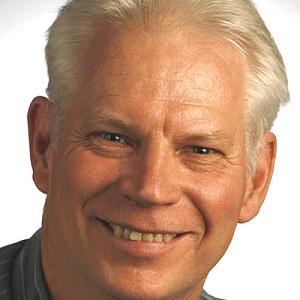
David Danelski
Staff Writer

Staff Writer
I have worked as a reporter for The Press-Enterprise since 1990. The newspaper covers Inland Southern California (Riverside and San Bernardino counties.) I have focused mostly on environnmental issues and investigative reporting since 2000. I live in Riverside, Calif., with my wife, Lorrie Cobain-Danelski, who teaches high School English. We have a daughter, Rosemary, who attains Sarah Lawrence College near New York City.

An analysis of federal workplace accident data found that more people die while on job in California's Riverside and San Bernardino counties when economic times are good. State regulators say safety should now be foremost as more people re-enter the workforce.
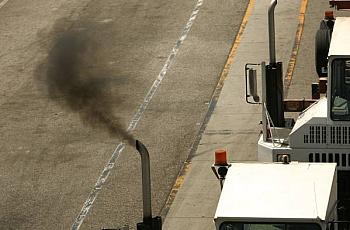
We already knew about air pollution's link to asthma, heart disease, lung cancer, and shorter lives. But few of us have given much thought to its effect on the brain. Research in one of the most polluted places -- Mexico City -- sheds light on what might be happening in Inland Southern California.
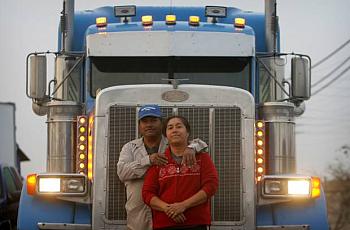
Truck driver Jose Rodriguez can attest that the flow of goods through the Inland Empire region provides job opportunities. He also knows that cutting air pollution from trucks is a priority — and, in some cases, a hardship.
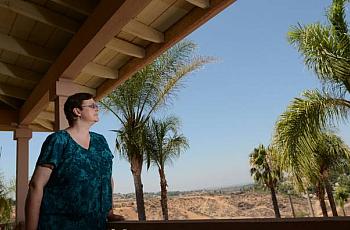
Moreno Valley, city staff members are processing plans by a local developer to build a warehousing hub covering the equivalent of 700 football fields. Its a testing ground in the struggle to balance the need for jobs and the imperative for clean air.
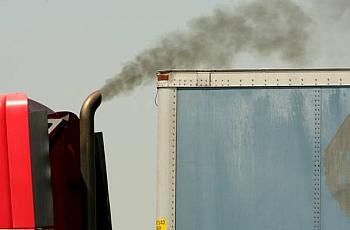
Between the moment when a microscopic piece of soot flies out of a tailpipe or smokestack and enters a person’s lungs, it undergoes an array of complex chemical reactions. It essentially becomes an airborne vessel that can carry hundreds of varieties of toxic compounds.
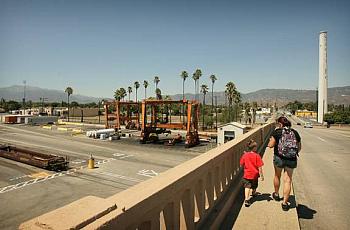
Children breathe more air per pound of body weight than adults. They also spend more time outside and are more physically active, which further increases their exposure to air pollution.
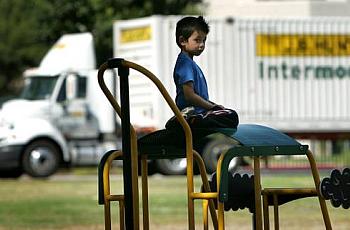
The Golden State's air quality has improved dramatically since the 1970s, but still, on more than 100 days a year, Southern California is failing to meet clean air standards. Children appear to suffer the most with pollution laying the groundwork for multiple health problems.
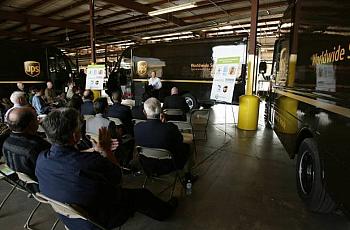
Air quality improvements have measurably improved life expectancy throughout the United States.
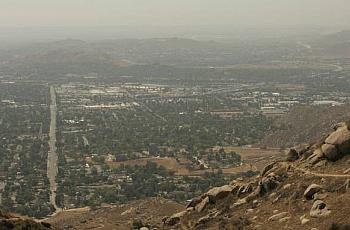
The federal Clean Air Act of 1970 prompted changes that led to dramatic air quality improvements, but some Inland communities still don’t meet standards.
Children in suburban Riverside and San Bernardino counties breathe what is arguably the worst air in America. Diesel soot and other harmful particles and lung-searing ozone build up in the region, not only from local sources but from polluters in coastal areas.